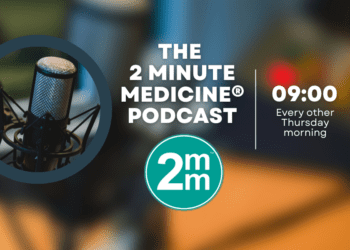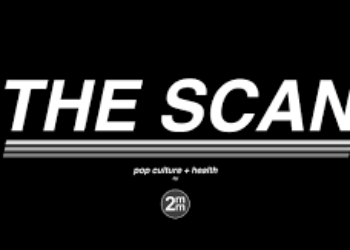Childhood immunizations cost-effective and linked to reduced disease burden
Image: PD
1. The United States routine childhood immunization schedule for children born in 2009 is anticipated to reduce the disease burden by 20 million cases and an associated 42 000 premature deaths.
2. This childhood vaccination program additionally approximates a savings of $13.5 billion in direct disease-related costs, and $68.8 billion in societal costs.
Evidence Rating Level: 1 (Excellent)
Study Rundown: The United States childhood vaccination program has been beneficial by greatly reducing the incidence of vaccine-preventable disease throughout the country. Furthermore, it is seen as a cost-saving measure when compared to the direct disease-related and societal costs associated with a reduced disease burden. While, prior economic analysis of the routine childhood immunization program was conducted in 2001, this study is an update from the Centers for Disease Control and Prevention (CDC) for children born in 2009. Since 2001, hepatitis A, rotavirus, and a second dose of varicella vaccines have been added to the schedule. Pneumococcal vaccines have also been more consistently used, and updated from 7-valent to 13-valent. When taking inflation and population increase into account, the updated childhood immunization program was found to be a very cost-effective while greatly reducing the incidence of vaccine-preventable disease. While this study did not include analysis of costs related to pain and suffering, researchers still reinforced that the current routine childhood immunization program is a financial and public health success.
Click to read the study published today in Pediatrics
Relevant Reading: CDC – Immunization Schedules
Study Author, Dr. Mark L. Messonnier, MS PhD, talks to 2 Minute Medicine: National Center for Immunization and Respiratory Diseases, Centers for Disease Control and Prevention.
CDC’s analysis demonstrates the substantial health benefits associated with vaccinating young children, as well as an impressive return on investment in vaccines and immunization services. While economic impact is one way to view the value of vaccines, ultimately, the widespread use of vaccines in the United States saves lives and reduces illness caused by vaccine-preventable diseases. Disease prevention is key to public health. Vaccines are responsible for the control of many infectious diseases that were once common in this country and around the world. Over the years vaccines have prevented countless cases of infectious diseases and saved literally millions of lives. Continued attention to immunizations by health care providers is the primary means of saving lives and reducing illness.
In-Depth [benefit-cost analysis]: This study evaluated the economic and disease burden benefits secondary to the United States routine childhood immunization schedule in 2009 which includes coverage against diphtheria, pertussis, tetanus, Haemophilus influenzae type B, polio, measles, mumps, rubella, Streptococcus pneumoniae, hepatitis A, and rotavirus. Of note, the influenza vaccine was not included in analysis. Addressing a hypothetical United States birth cohort of 4 261 494 infants born in 2009, the analysis took into account both direct disease-related (ex: medical costs from hospitalization for pneumonia) and societal costs (ex: productivity losses secondary to premature morbidity or mortality) attributed to vaccine preventable-diseases. These were compared to costs of vaccines, associated healthcare visits and parental wages lost, and costs of adverse events secondary to vaccinations. All finances were adjusted to 2009 using the Consumer Price Index, anticipating a 3% annual rate discount for future costs and benefits. The study concluded that the routine immunization schedule is estimated to prevent 42 000 early deaths and reduce the disease burden by 20 million cases. This accounts for $13.5 billion in direct costs, and $68.8 billion in societal costs.
More from this author: Clinical practice guidelines linked to improved bronchiolitis outcomes, Dexamethasone shows comparable efficacy to prednisone/prednisolone in pediatric asthma, Cardiovascular events in Kawasaki disease not significantly increased over controls, Hypotonic IVF linked to increased risk of hyponatremia, New risk stratification algorithm suggested for neonatal sepsis
©2012-2014 2minutemedicine.com. All rights reserved. No works may be reproduced without expressed written consent from 2minutemedicine.com. Disclaimer: We present factual information directly from peer reviewed medical journals. No post should be construed as medical advice and is not intended as such by the authors, editors, staff or by 2minutemedicine.com. PLEASE SEE A HEALTHCARE PROVIDER IN YOUR AREA IF YOU SEEK MEDICAL ADVICE OF ANY SORT.








